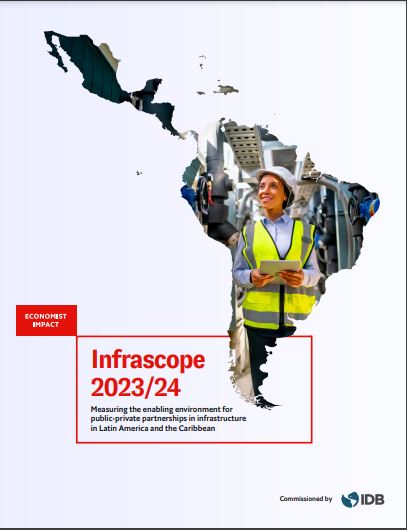
2023/24 Infrascope : Measuring the Enabling Environment for Public-Private Partnerships in Infrastructure in Latin America and the Caribbean
10/10/2025 • Article • FNTP
The landscape of infrastructure PPPs in Latin America and the Caribbean has seen remarkable growth over the past decade, with approximately 640 projects totaling US$160bn in financing recorded between 2014 and 2023. Since the 2021/22 Infrascope was published, several countries in the region have taken significant steps forward in creating environments conducive to efficient, impact-driven and sustainable PPPs.
Brazil and Chile continue to lead the region with exceptional performance. Notably, this year’s top improvers — Belize, Ecuador, Jamaica, Suriname, Barbados and the Bahamas — demonstrate a growing commitment from smaller and emerging PPP markets. Additionally, emerging PPP markets such as the Dominican Republic or Paraguay have seen their PPP programs evolve since the last edition, highlighting the region’s potential for dynamic growth.
To capitalize on this momentum and foster greater PPP maturity, countries need to focus on establishing robust project selection processes, strong institutions, effective legislation and rigorous reporting systems.
This edition of the Infrascope explores the region’s advancements in these crucial areas, uncovering several key findings about the building blocks of successful PPP development: Investment in infrastructure PPPs has increased by almost 14% across Latin America and the Caribbean. There is a growing appetite for PPPs, with total project investment in the past decade (2014-23) reaching US$160bn across the region — a 14% increase from US$141bn during 2011-20 (the period analyzed in the previous edition). Over the most recent decade, PPPs have accounted for 11% of total infrastructure spending, on average, up from 9% during 2011-20.
The number of PPP projects has grown by more than 25% since the 2021/22 Infrascope edition. There were about 640 total PPPs financed in Latin America and the Caribbean in 2014-23 (covered in this edition), up from about 500 during 2011-20 (covered in the previous edition). The transport and renewables sectors make up the largest share of projects, at 37% and 36% respectively.
PPPs are a growing priority in national agendas, especially in smaller countries. Two countries have codified new PPP policies (Belize) or procurement guidance for PPPs (Barbados) for the first time. Meanwhile, four emerging markets have implemented key PPP updates (Ecuador, Jamaica, Paraguay, and Trinidad and Tobago). Political commitment to PPPs has generally strengthened across the region, but some political obstacles are evident in El Salvador, Honduras and Nicaragua.
Institutional capacity to support PPPs remains a critical and persistent challenge across the region. PPP agencies are fully operational in just half of the region’s 26 countries. Another seven have PPP units with limited functionality, jurisdiction or public activity, and six countries have no PPP unit at all.
Across much of the region, the quality of staffing and training remains a concern, but several countries have taken key steps to improve this (the Dominican Republic, Ecuador and Belize, among others). Overall, project preparation capabilities are lacking in 15 countries, and project support funds are similarly uncommon.
The share of tendered PPPs reaching successful financing remains below 60%.
Headwinds include rising capital costs, gaps in risk management and inadequate project preparation. Across the region, less than 60% of tendered PPPs reached financial close during the past decade, a rate that has held steady since the previous edition. Elevated borrowing costs in recent years stand out as a key challenge for financing infrastructure projects, with institutional investor participation in PPPs also stagnating in recent years. Further deterrents include gaps in risk management policies and inadequate practices around project prioritization and preparation.
Only a quarter of countries formally integrate lessons from completed PPPs into future projects. This gap puts the region at risk of repeating the same infrastructure mistakes again and again. To accelerate progress toward an impact-driven PPP ecosystem, countries need a disciplined approach to assessing the quality outcomes of operational infrastructure, evaluating results and lessons from completed projects, and integrating those lessons into project selection. However, most countries lack comprehensive practices in these areas.
Incorporating sustainability criteria in PPP frameworks is still a major gap, with only three countries showing improvement since 2021/22. Performance across the index’s sustainability-related indicators is generally low, with only Brazil reaching an average score of 50 on these indicators, which span multiple categories. Progress also remains slow, with just three countries (Ecuador, Jamaica and Paraguay) showing improvement in this edition. Key gaps include transparency requirements, social sustainability criteria and disaster risk.
In summary, this edition of the Infrascope reveals a region with marked disparities in its readiness to conduct efficient, sustainable, and impactdriven PPPs. The best-performing markets, such as Brazil, Chile and Colombia, lead in financial maturity and in developing strong regulatory frameworks and institutions. However, the region still faces a long road ahead in strengthening areas such as project preparation support, sustainability criteria, risk management, contract.
monitoring and impact evaluation.

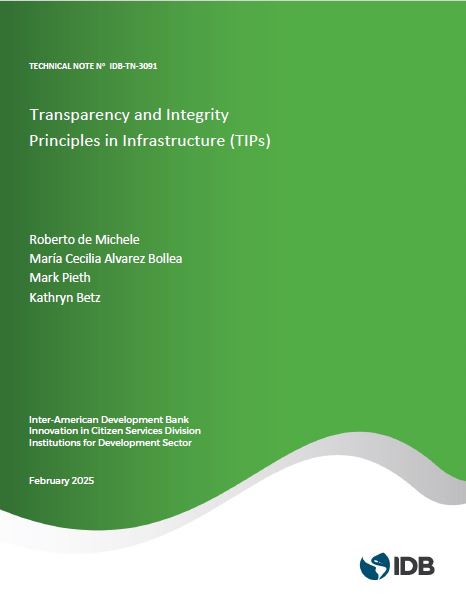
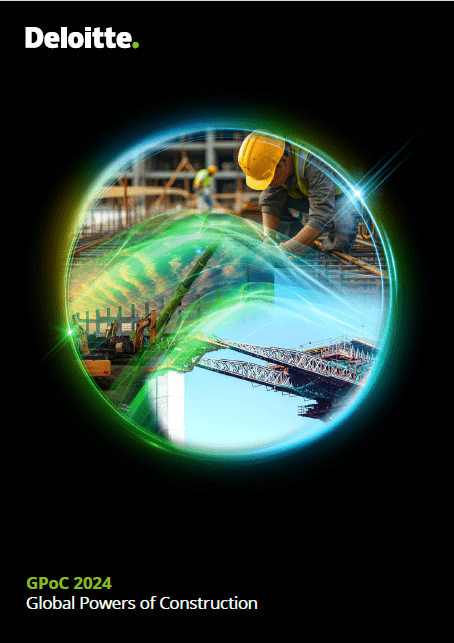
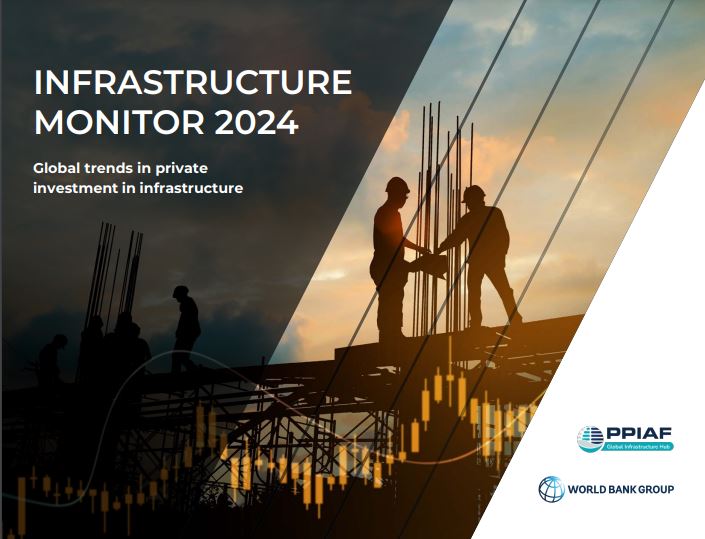
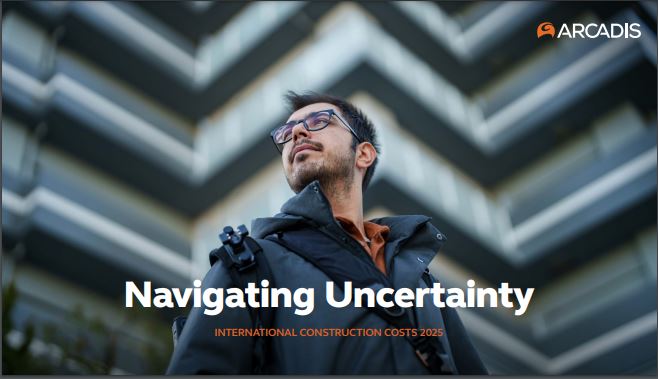
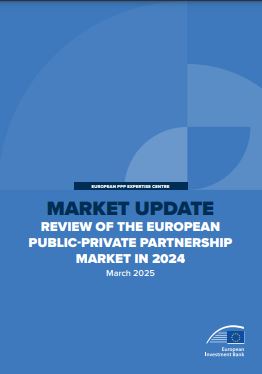

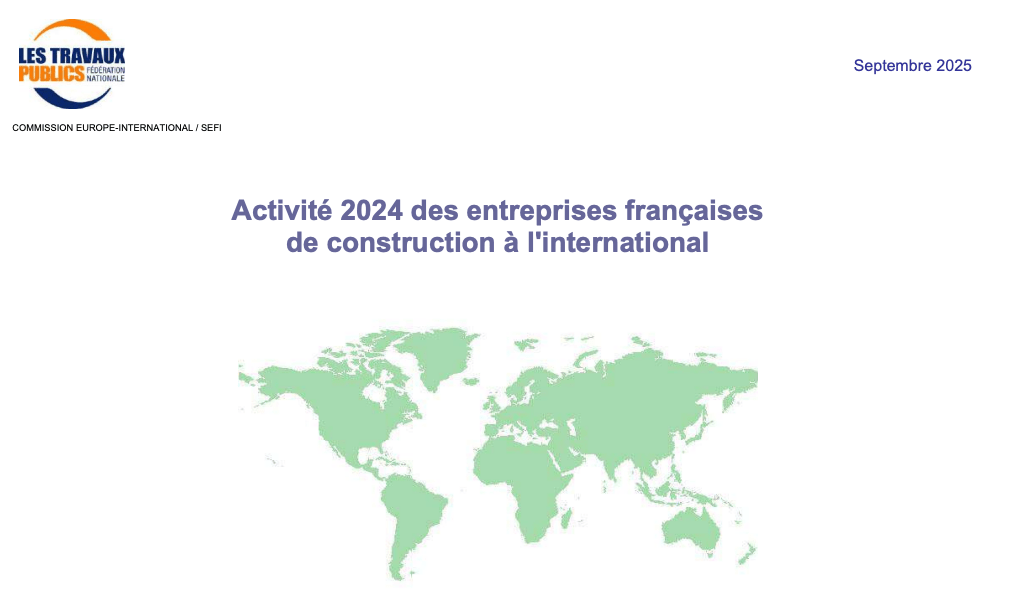
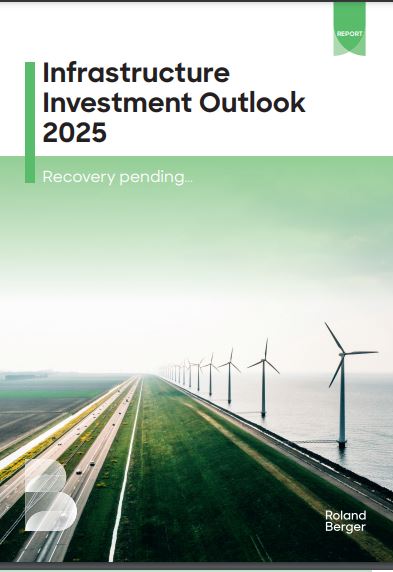
Votre avis nous intéresse
Vous avez aimé cet article ?
Connectez-vous pour recommander !Partager l’article :